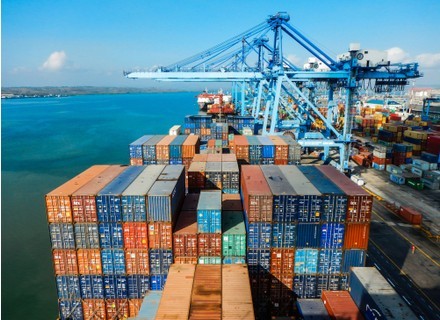Lamu Port, located in Kenya, has started operations with the arrival of two ships from Mombasa and Dar-es-Salaam. The port marked a significant milestone for the regional Lamu Port-South Sudan-Ethiopia Transport Corridor project (LAPSSET) launched in 2012.
China Communications Construction Company built the Lamu Port, and it is a part of Kenya’s plan to become the central trade hub in East Africa. The port can handle larger vessels with a carrying capacity that ranged from 12,000 to 18,000 twenty-foot equivalent units (TEUs).
Uhuru Kenyatta, President of Kenya, presided over the operations of the first berth of the new deep-water port and witnessed the docking of the first two vessels, MV Cap Caramel and MV Seago Bremerhvel, operated by Maersk. He then addressed the media and said that the new port would place Kenya’s economy on the continent and globally contribute towards the nation’s recovery post-Covid-19.
He further pointed out that the Lamu Port is strategically located at the convergence of significant shipping routes. Its operationalisation will open up northern Kenya to international and eventually fortify Kenya’s position as a preferred economic gateway to Africa. The port has the potential to become a premier transhipment hub for cargoes destined for the continent.
Kenyatta concluded by saying that the Lamu Port reflects the boldness and clarity of vision that Kenya holds. It strives to become a prosperous and newly industrialised, middle-income country by 2030. When completed, the $2.86 billion will have 32 berths and 29 out of it will be financed by the private sector, making Lamu Port the largest seaport in Sub-Saharan Africa.


